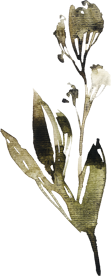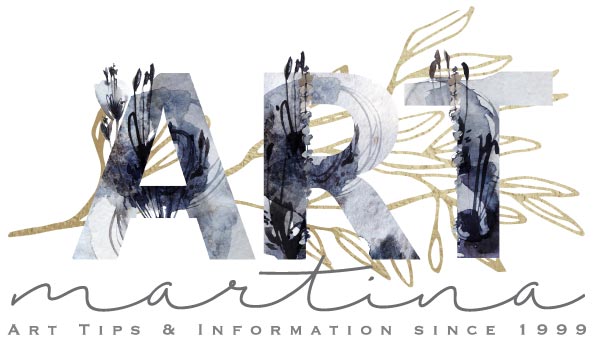Colour Mixing Article
Unlock the essence of colour mixing and gain the skill to command them!
Colour mixing is the backbone of painting and essential for every artist. There is no escape from this essential skill.
My first attempt at colour mixing was a disaster. I sought out a number of private art instructors, but to no avail; I was still in the dark. My mixing abilities were more instinctive than knowledge-based. Sure, I was introduced to the colour wheel and the bare basics of colour theory, such as how to mix complementary colours.
But, despite the time and work I put into those colour mixing sessions, no one ever explained why I needed to know mixing complementary colours; or how, given a minimum colour pallet or any colour, I can create any colour I choose without guessing or by sheer intuition. One colour mixing class after another failed to teach me how to mix colours properly, and it took 10 years for me to meet an instructor who filled in the gaps in my knowledge - in just two days!
But, despite the time and work I put into those colour mixing sessions, no one ever explained why I needed to know mixing complementary colours; or how, given a minimum colour pallet or any colour, I can create any colour I choose without guessing or by sheer intuition. One colour mixing class after another failed to teach me how to mix colours properly, and it took 10 years for me to meet an instructor who filled in the gaps in my knowledge - in just two days!













